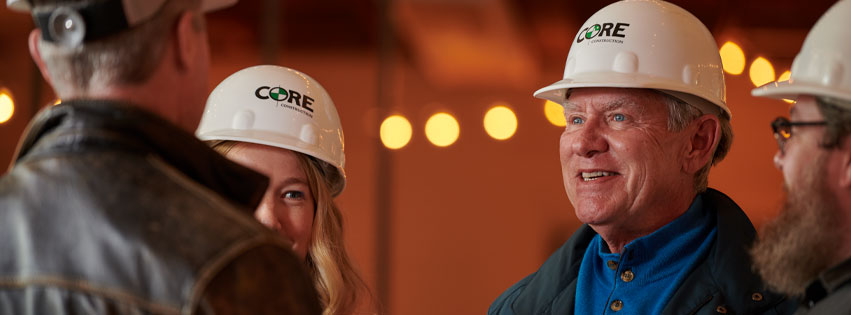Ten Reasons to Build Local & Union
MARCH 29, 2019
Ten Reasons to Build Local
by Clint Drury
West Central Illinois Building and Construction Trades Council
Investing in your local workforce grows a stronger community.
Central Illinois has long been the standard for quality construction. The nearly 8,000 union construction professionals and over 300 partner contractors and suppliers that make up the Better Built Network take great pride in building the infrastructure and establishments that make central Illinois a great place to live and work—and it shows.
The effect the Better Built Network has on the community goes beyond the physical structures the public can visually see. As I detail the top ten reasons to build local, I would like you to keep in mind that our business owners and construction professionals are your neighbors and also have a vested interest in a thriving community. So, why build local?
- Reputable local contractors. Better Built Network contractors are industry-qualified, bonded and insured. In addition, our contractors do not 1099 their workers (classify as independent contractors). As a result, they pay all appropriate FICA and unemployment insurance taxes, as well as workers compensation insurance. Contractors who 1099 their employees cost taxpayers millions of dollars each year by skirting the system.
- Joint Apprenticeship and Training Committees (JATC) are self-funded and made up of half union labor representatives and half union contractors. Once accepted into the apprenticeship—three to five years, depending on the trade—the training is free, and apprentices earn while they learn. In addition, veterans can use the GI Bill as income due to our programs being registered with the U.S. Department of Labor’s Bureau of Apprenticeship and Training. A number of JATCs have articulation agreements, which provides direct entry into apprenticeships for high school graduates of a defined program and community colleges that provide college credit to apprentices upon completion of the apprenticeship program.
- Value-added labor/management relationships ensure constant adaptation to, and training for, cutting-edge industry techniques that provide the best product to the end user.
- Hospital contributions and retirements. Our construction professionals earn health insurance resulting in over $80 million in contributions to area hospitals in the past five years. They also earn a pension so they can continue to support the local economy and retire with dignity.
- Local economic stimulus in terms of wage reinvestment is a significant driver of the regional economy.
- Contractors, suppliers and local union offices provide more than responsiveness—they pay local property taxes and support insurance companies and other area businesses.
- Help solving the 40/60 credential gap. In order for a region to be economically vibrant, at least 60 percent of its adults need to be credentialed beyond high school. In Greater Peoria, only 40 percent of the adult population has a credential beyond high school. Through our apprenticeships and continuing education, the union construction network assists in correcting this gap.
- Philanthropy. We are proud to be part of one of the most philanthropic communities in the country through efforts supporting the United Way, St. Jude, Easterseals, Children’s Hospital of Illinois, ICC Educational Foundation, Bradley University, Peoria Promise, Center for Prevention of Abuse, Dream Center and many others.
- Volunteerism through coaching and hands-on community service for nonprofits like Rebuilding Together, Wildlife Prairie Park, Boy Scouts of America, Neighborhood House and many others.
- More work equals more opportunities for our construction professionals and contractors to remain in central Illinois and help improve the social and economic viability of the region. Please support your local Better Built Union Construction Network. iBi
Clint Drury is president of the Better Built Network and executive director of the West Central Illinois Building and Construction Trades Council, an alliance of 15 craft unions working together to improve the quality of life and job opportunities for over 17,000 union members throughout a 13-county area.
iBi – March 2019
